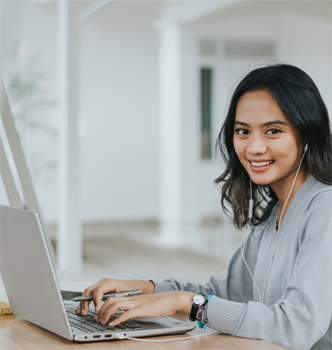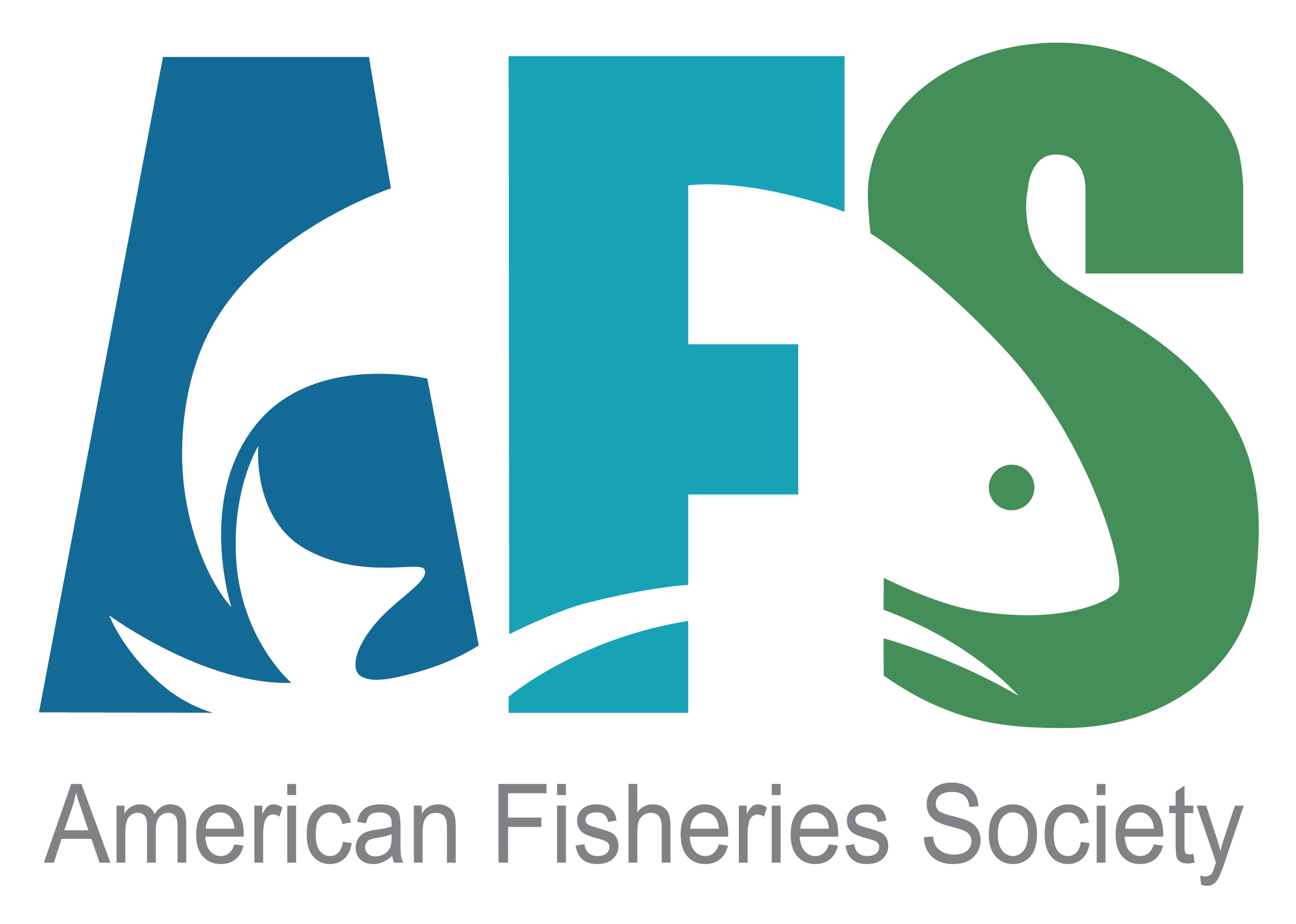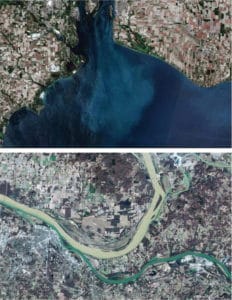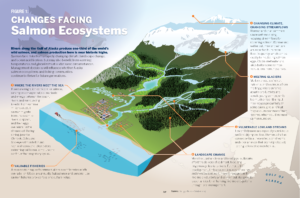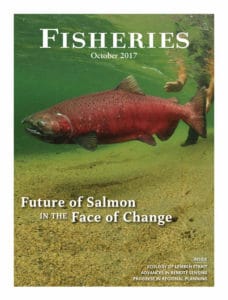

Fish Bioenergetics 4.0: An R-Based Modeling Application
Bioenergetics modeling is a widely used tool in fisheries management and research. Although popular, currently available software (i.e., Fish Bioenergetics 3.0) has not been updated in over 20 years and is incompatible with newer operating systems (i.e., 64-bit).
